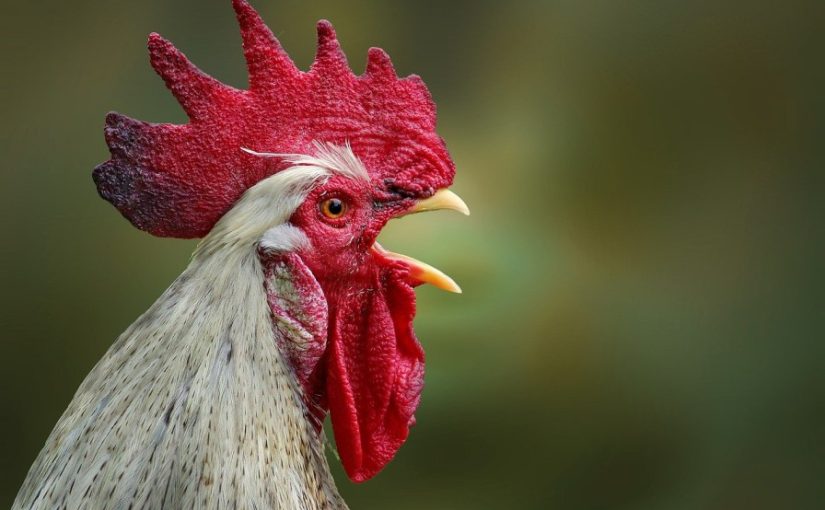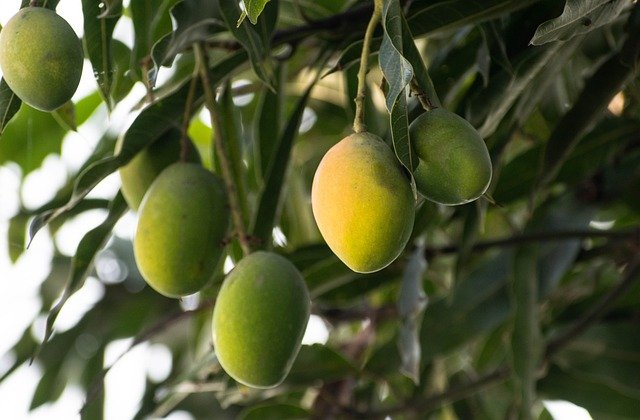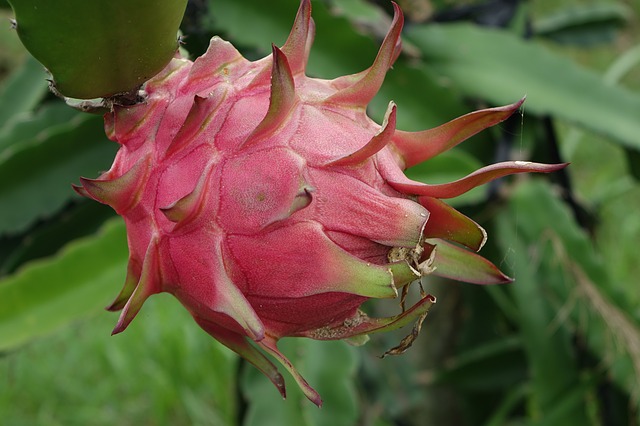How Long Does Sugarcane Take To Grow
Sugarcane (Saccharum officinarum ) is a widely grown crop and is the main source of sugar. It is a well-known cash crop that is of great commercial importance. It has also provided employment to a large number of people directly or in an indirect way hence contributes to the national economy.
Sugarcane is mainly a tropical plant and hence it runs across all the seasons whether it’s raining, summer or Winters.
Before knowing how long does sugarcane take to grow, check out the essentials that you must know about for sugarcane plantation.
Different requirements for sugarcane plantation:
- Suitable climatic conditions : As we know sugarcane is able to grow throughout the seasons, but they best grow in tropical hot sunny areas.
A long warm growing season with high frequency of solar rays and sufficient amount of moisture can be said to be the ideal conditions for proper growth of this crop. For ripening it requires a cool but frost free season.
- Soil type : sugarcane can be grown in different varieties of soil such as alluvial soil or the red volcanic soil or the soil that is a mixture of silt , sand and clay particles along with some organic material can be the perfect soil for sugarcane plantation. This crop needs a well drained soil for which the land is ploughed and left to weather for some time before subsoiling.
The pH range of the soil for sugarcane cultivation should be from 6.5 to 7.5 pH. The minimum depth of the soil should be 45 cm and the soil should have an adequate amount of nutrients.
- Seed Quality: Accessibility of good quality cane seeds is must for good crop yield. Firstly the seed is grown in the nursery for 10-11 months and then that nursery crop is planted in the field. After that some other chemical treatments need to be provided to the seed which are 0.05% Bavistin, 2.5%KCl , 2.5% urea KCl +Urea etc. After the above chemical treatments , a hot water treatment is also given for prevention of seed borne diseases.
- Land Preparation for Sugarcane plantation: Every single time a new crop is grown , it becomes necessary that soil should be brought to a properly cultivated land for proper germination of seeds and good root growth.
There are some reasons behind land Preparation which are:
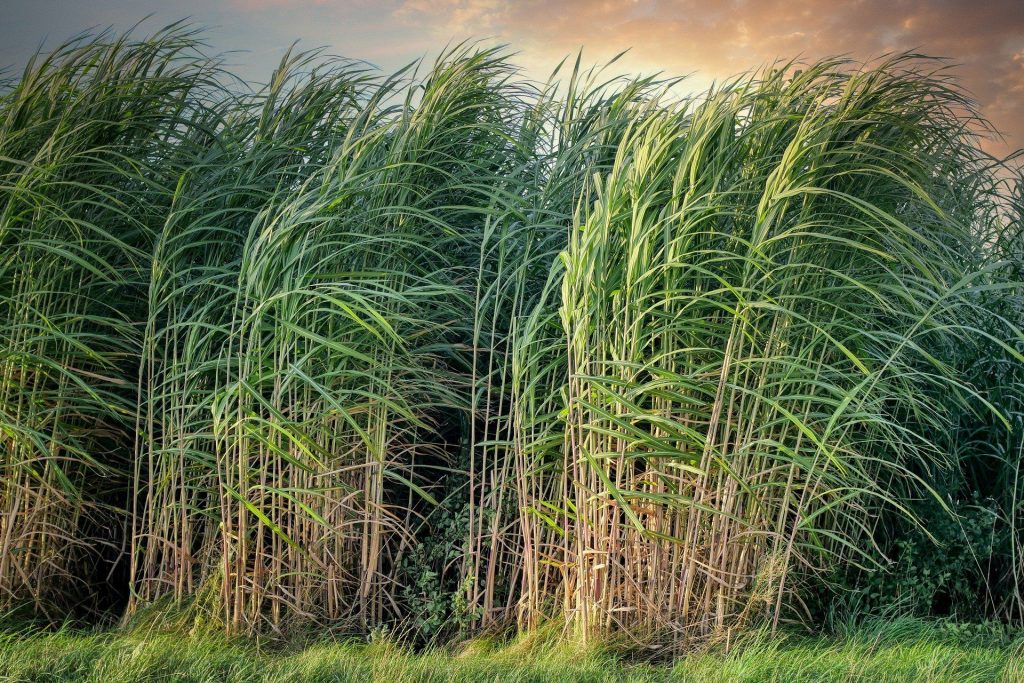
- Land Preparation includes the preparation of seedbeds that allows optimal soil water relations.
- This activity also provides good physical conditions for early root proliferation and penetration.
- It is also helpful in destroying weeds and hibernating pests.It also helps to knock down the diseases causing organisms.
- It also helps the land to absorb the previous crop residue and organic manures.
- Land preparation also facilitates proper soil chemical and microbial activities.
Tillage is an important operation under land preparation. Tillage is basically agricultural preparation of the soil with the appropriate tools or implements to loosen the surface soil layer.
The main function of tilling is to mix up the organic matter into your soil properly , break down the crusted soil, and loosen up the tiny areas for plantation. Anything in excess is never good and so is tilling, excess tilling can also cause more damage to the soil.
The best time for tilling is the spring season but can also be done in autumn for cool weather crops. However tilling must be avoided when the soil is wet as it can cause damage to soil structure.
Plantation methods of sugarcane:
Mainly, there are a few different methods for plantation of sugarcane described below-
Must Read: How To Plant Sugarcane – A Complete Beginner’s Guide
Ridge and furrow method:
It is one of the most common methods for sugarcane plantation. In this method the ridges and the furrows are opened with the help of a ridger by maintaining a distance of 120cm between the furrows in the heavy soils and and a distance of 105cm in the light and medium soil. After this step, the main and sub irrigation channels are opened at suitable distances.
Initially the sets are laid on the end of the top ridge and later on these are planted in furrows by dry and wet method.
Dry method :
This method is adopted for heavy soils to avoid pressing of the setts very deep into the soil. These sets are arranged in the furrows end to end by
facing eyes buds on the sides and sheltering it with a layer of soil. After completing the steps of plantation, the field is ready for irrigation.
Wet method :
This method is adopted for light to medium soil. In this method of plantation the field is irrigated initially before planting the setts. Then the sets are planted at the depth of 2.5 to 5 cm in the furrows with hands or feet. These sets are placed end to end in such a way that they face the bus on the sides.
Flat bed method:
Flat bed method is another method for sugarcane plantation. In this method firstly the land is ploughed, harrowed and then leveled and then flat beds are prepared. After that the cane stes are laid down in the flat beds in end to end rows. A distance of 60-90cm is maintained between the rows depending on the soil type.
Afterwards they are pressed into the soil with the help of a hand or foot , about 2.5-5 cm deep and then it is covered with a layer of soil. During the plantation by this method one must keep in mind that the buds should face on the sides otherwise it would not be possible for lower buds to germinate. This method of cane plantation is usually adopted in the areas where there is abundant moisture.
Rayungan Method:
This method of plantation is usually adopted for adsali sugarcane plantation. Rayungan Method is followed in Riverside fields or in the areas with heavy rainfall. In these areas the cane fields are usually prone to floods during the rainy season which affects the germination of the seeds and in such conditions the sets cannot be directly planted in the main fields.
So firstly the single bud sets are planted in the nursery in a vertical manner which are prepared in a high lying area of the farm in summer. After about a period of 6 weeks the sets that have been sprouted are shifted in the main field when the danger of floods is over.
Trench or the Java method:
In this method trenches ( a type of deep and wide depression in the ground) are made that depth is about 22-30cm and maintained at a distance of 90-120cm. The deeper soil is loosened and mixed up with manures. Then the sets are placed in the middle of these trenches and then covered with a layer of soil.
After the completion of planting irrigation is carried out. Large clumps of cane are produced in this method that do not lodge when tied together. The danger from wild animals is least.
Manures and fertilizers: Sugarcane is a long durational crop, as well as a heavy feeder thus the requirement of manures is quite high.
During the land preparation about 25-50 tonnes of FYM/ha has been used.
It is recommended that different sugarcane fertilizers have to be used according to the planting season, it even varies from growing track to track. So basically for Adsali 250:115:115 is used and for pre seasonal 340:170:170kg nitrogen , phosphorus and potash respectively are suggested.
Irrigation:
The water requirements for sugarcane generally range from 2000 to 2500 mm depending upon some factors like soil type, duration, and climatic conditions etc. Irrigation of sugarcane crops has been done during the different phases like the germination phase, tillering phase, grand growth phase and the final maturity phase.
So firstly during the stage of germination, the soil needs sufficient moisture for better germination however water logging can result in rotting of sets. In this phase irrigation can never be done at intervals of a week however these intervals can be of 10 days in tillering phase.
Next comes the grand growth phase which is known to be a critical stage for water demand. This also needs to be irrigated at intervals of a week. It takes 12-14 months for sugarcane to grow. Now finally in the maturity phase, the irrigation has to be done fortnightly and has to be stopped about 15 days before harvesting.
Intercultural operations: These include mulching, hoeing, tying of the cane and earthing up.
In the initial period, spreading the paddy straw or sugarcane trash on the field can help to prevent more evaporation and hence the demand for water supply will also be less.
Hoeing and weeding is necessary in the first 3-4 weeks after plantation for high yield and improved quality of sugarcane. After the germination phase two to three more hoeing and weeding may be required during the first three months depending upon the field conditions and frequency of irrigation.
The final earthing up has to be done before the monsoon rains and should be synchronized with the implementation of the last dose of fertilizers. This operation is helpful in keeping down the weeds.
Tying of canes is said to be a very desirable activity that prevents the canes to sway during wind. Bringing together the stalks from the adjacent rows and tying them all together along with their own trash and the old leaves is considered as the best way of tying the cane.q
Sugarcane diseases:
There are a few plant diseases that can be controlled or cured with some simple methods. First comes the red rot disease which is a fungal disease. It’s symptoms are drying of top leaves, the leaves start withering, red lesions on the midrib of the leaves.
One should uproot and destroy all the clumps if you notice the above symptoms. Use diseases free and heat treated setts for plantation.
The next disease is whip smut which is also a fungal disease and the symptoms can be noticed before 1 month of harvesting season and to prevent this , diseases free and heat treated sets should be used.
Harvesting:
When the lower leaves start withering up and leaving progressively, and fewer green leaves are left at the top, it can be marked as the maturity phase. Even a maturity testing device call a refractometer can be used to test the maturity stage. If the hand refractometer shows a reading of 20 , it can be said that the cane has reached the maturity level.
The harvesting of sugarcane generally begins in early winters as is continued for about 150 days. Nowadays the harvesting and cutting of sugarcane is done after receiving the cutting orders from factory authorities and these cutting orders are issued depending upon the date of planting of which the records are maintained. Harvesting of sugarcane is done with the bog machines that contain rotating knives which cut the sugar cane from the base of the stalks.
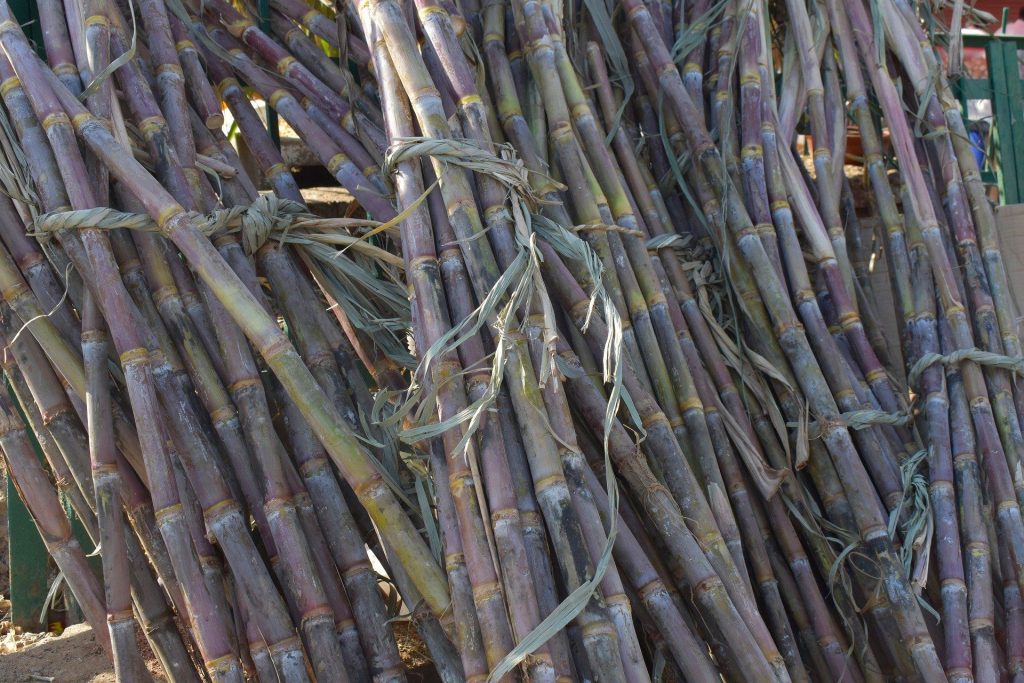
How long does it take sugarcane to grow:
sugarcane takes quite a long time to grow, we can say that it grows through the entire season. Sugarcane plants produce several stalks and each one of them can grow well over ten feet and this usually takes 12- 14 months. The best time to plant cane crops is in early Winter so that the sprouting can happen in early spring. These os basically one harvest of the primary crop and then 3-4 harvests of the regrowth.
Yield: The average yield of the cane crop under the commercial cultivation of170 tonnes per hectare for Adsali and 120 tonnes per hectare in the case of pre seasonal sugarcane and 100 tonnes per hectare for suru
Conclusion:
Farmers that grow sugarcane want their farms to be sustainable and by using sustainable practices Farmers can keep the farms and crops healthy.


